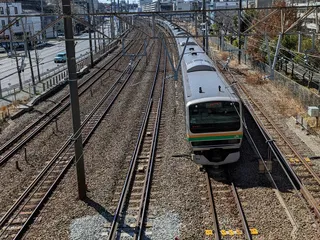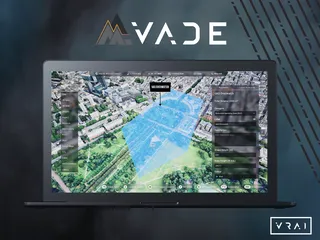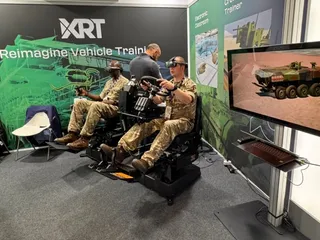Next-Gen Train Simulators Are Changing Everything
Contact Our Team
For more information about how Halldale can add value to your marketing and promotional campaigns or to discuss event exhibitor and sponsorship opportunities, contact our team to find out more
The Americas -
holly.foster@halldale.com
Rest of World -
jeremy@halldale.com

The global simulated train market is set for significant expansion, increasing from USD 5.9 billion in 2025 to an estimated USD 30.2 billion by 2034, reflecting a CAGR of 19.9%. Growth is fueled by adoption of VR and AR technologies, AI integration, and digitalization across rail networks worldwide.
Simulated train systems are being used by railway operators, defense organizations, and educational institutions to enhance operational efficiency, reduce training costs, and limit environmental impact. Advances in full-cab simulators, cloud-based platforms, and AI-driven analytics support immersive, cost-effective training for passenger, freight, and disaster scenarios.
Asia-Pacific leads adoption due to major rail infrastructure investments, while Europe emphasizes freight and automation simulations, and North America focuses on rail academies and defense transportation. Despite high system costs, modular and scalable solutions are enabling broader market growth.


